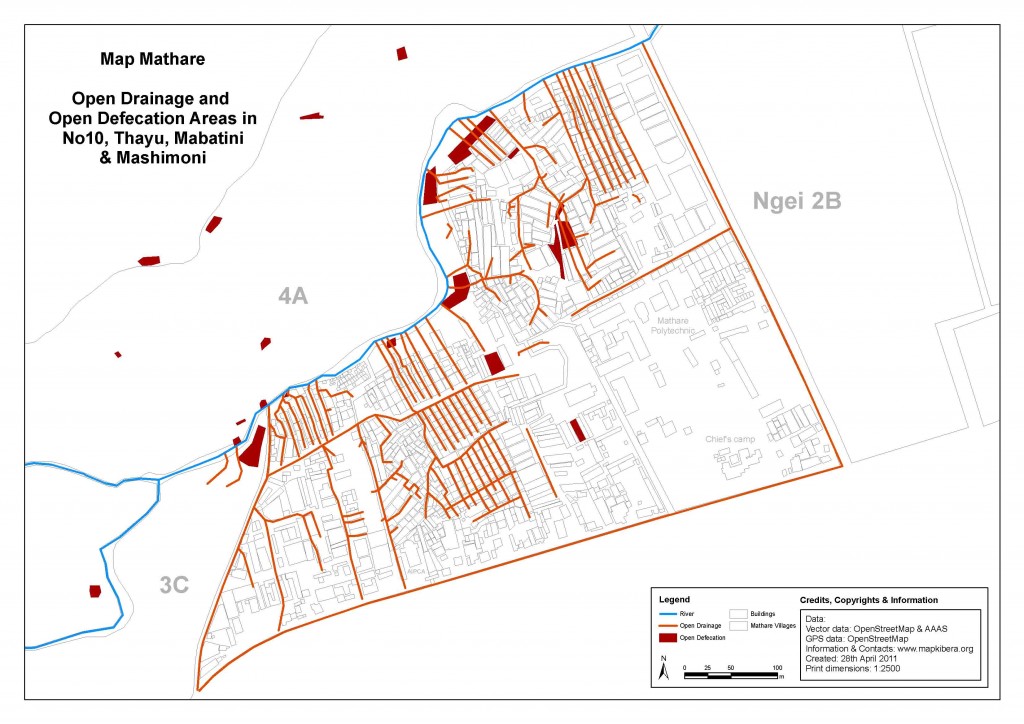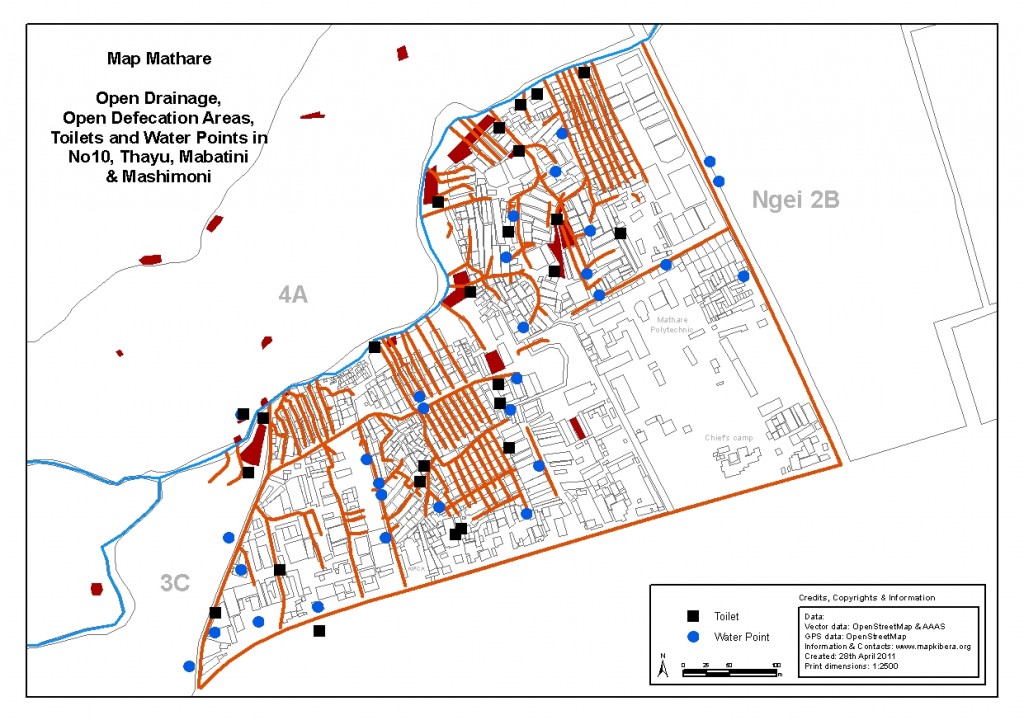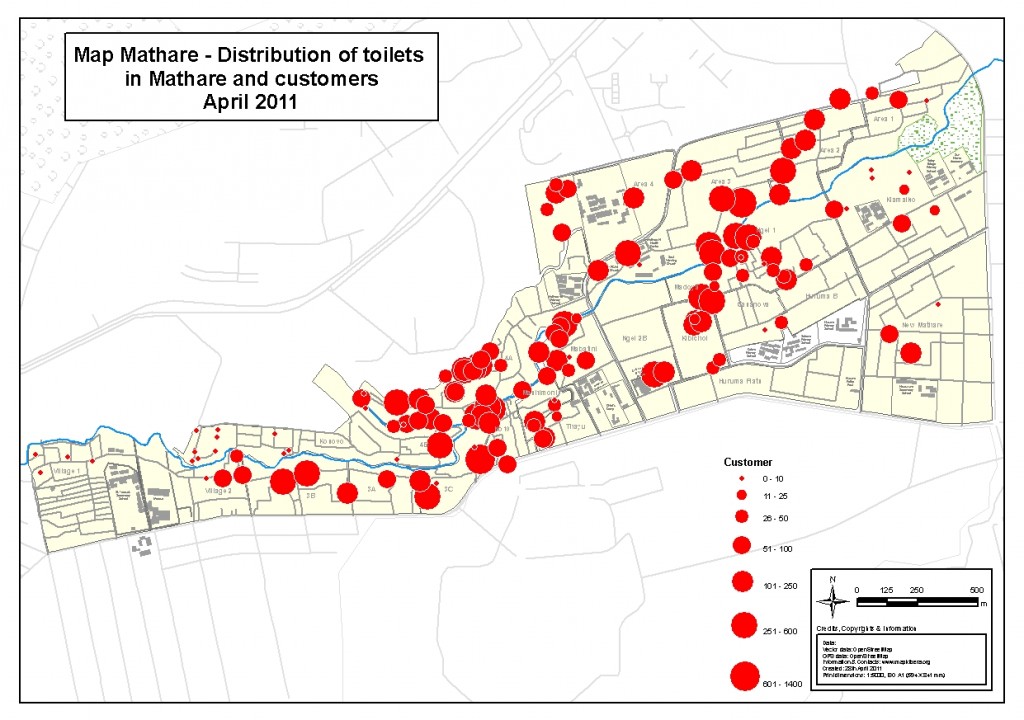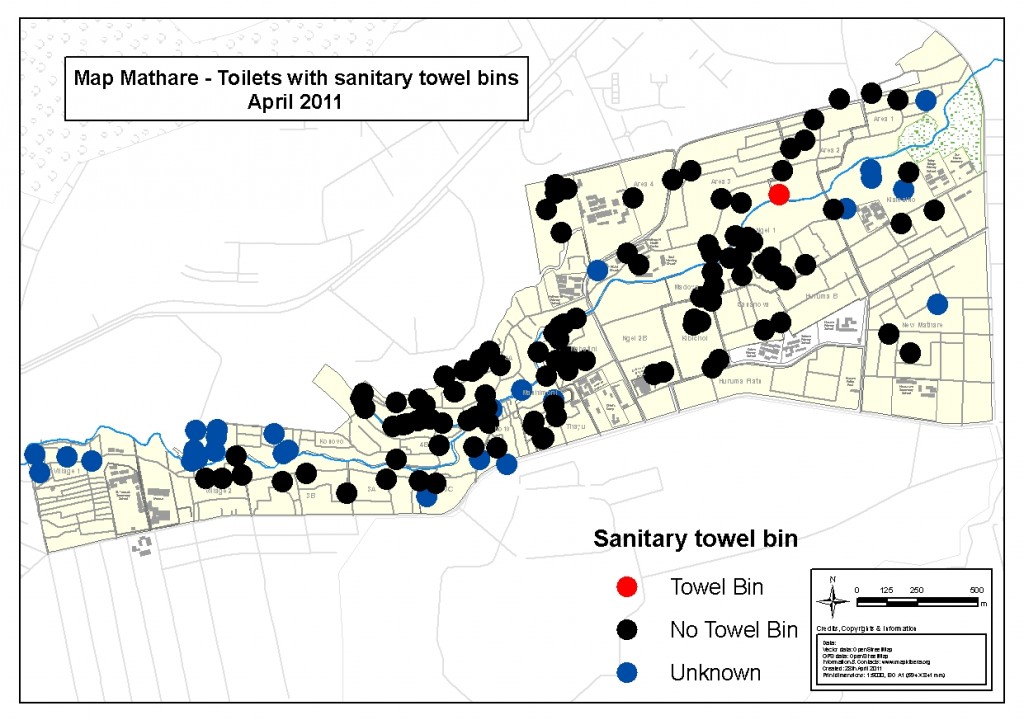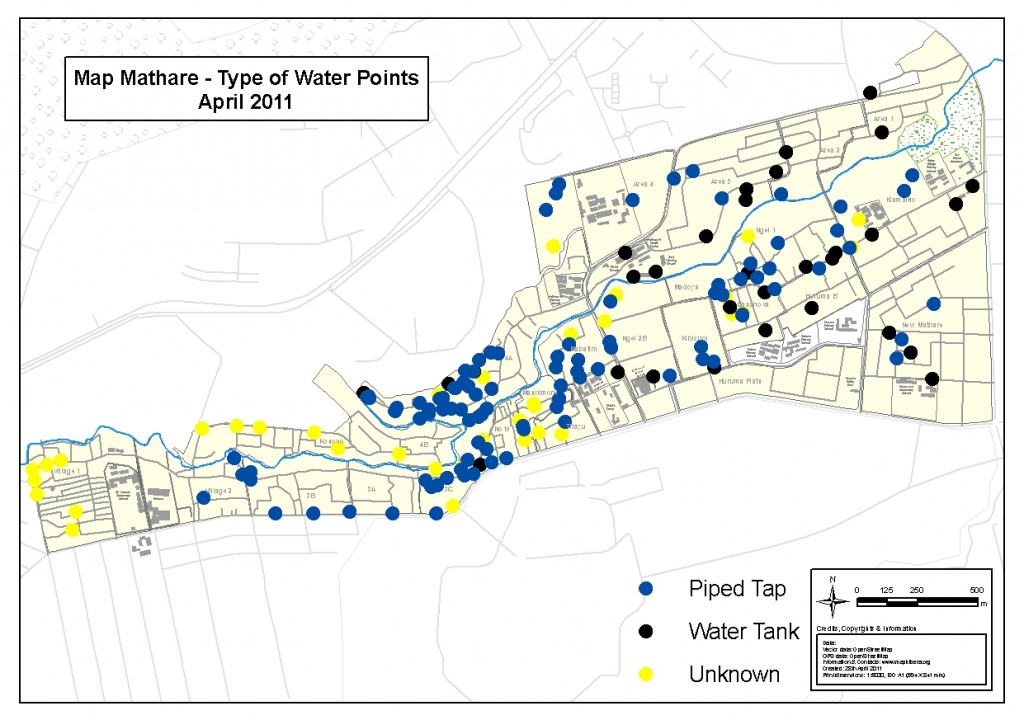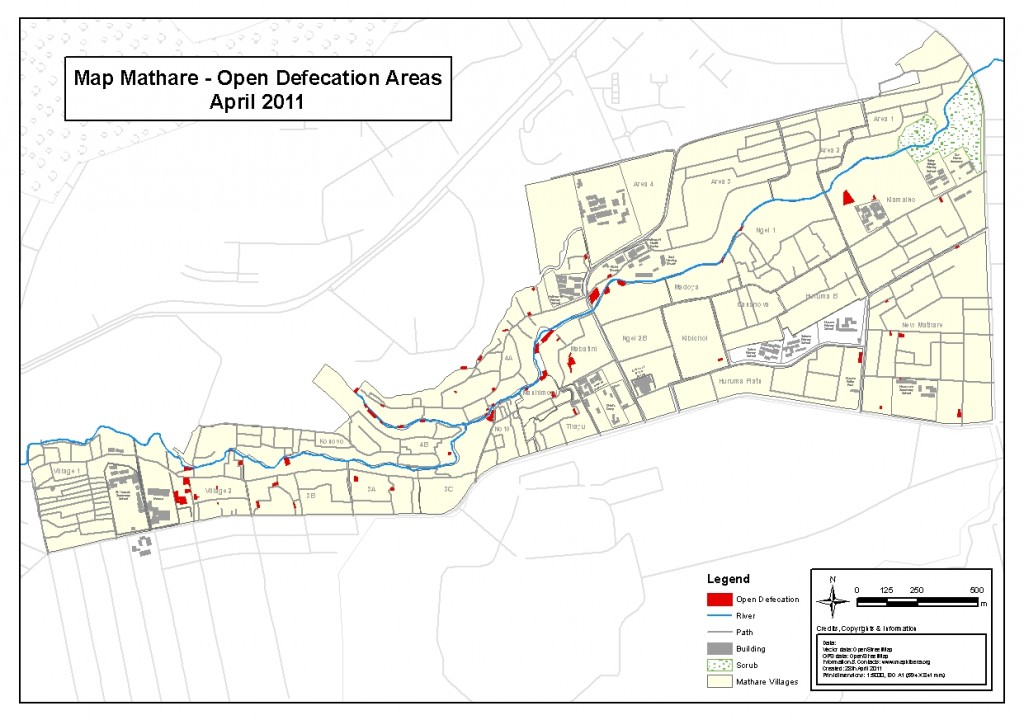Digital storytelling and new media can be a powerful catalysts for change. In areas where access to internet is limited for most people, introducing new media as an effective means to communicate issues can be a challenge.
Young people in Mathare own mobile phones and have a facebook and email accounts, however the majority of Mathare residents do not use new media or online means to share information. As highlighted in this video Information Sharing by young Mathare residents, word of mouth is still the most powerful medium for information sharing in Mathare.
“Tell me a story, and I will tell you mine. Word of mouth has so much power to make and build a nation”
The team acknowledged these challenges but thought it worth while to experiment with new media in Mathare, as had been done in Kibera. The new media training programme in Mathare was built based on the experience of the Map Kibera team in designing and developing a web-based information sharing site. The information sharing site for Kibera utilizes the Ushahidi platform for ‘crowdsourcing’ information. In this instance, crowdsourcing refers to providing a channel for information from the general public to be published openly on the internet. The site, Voice of Kibera, aggregates information channeled through short messaging system (SMS) messages and web based submissions and displays report on events, activities, news and other information about Kibera. The site also aggregates content from other sources on the web, including video and news reports. Despite the challenge of internet access, the team behind Voice of Kibera believes the site is an important channel for highlighting issues from Kibera. The team is actively engaged in improving the impact of the site and are excited about its growth.
A similar site initially called “Voice of Mathare†was set up for the Mathare programme. The site was meant to be a means through which Mathare residents participating in the training could highlight issues and information generated by the people of Mathare. While the technical issues were being sorted out for the Voice of Mathare site, the Mathare project coordinator and some of the participants from the other programmes took an interest blogging that was being done by others in the Map Mathare organizing team.
Through a number of discussions, the Mathare participants decided to set up a blog of their own. The Mathare Valley Blog was a thus a spin-off of the Map Mathare work.
The Mathare Valley Blog has become a central site where stories, news and videos generated by the Mathare participants are collected and shared. The blogging team meets of their own initiative and has kept up the momentum for the blog. They actively brainstorm ideas and making changes to the layout and format of the blog. The Map Mathare team provides some technical support to the bloggers and the site continues to run as an effective digital storytelling platform.
Currently the Mathare Valley Blog has 61 blog posts contributed by six different bloggers from Mathare . Â Five of the six bloggers are under the age of 25 and have written a blog post for the first time on the Mathare Valley Blog.
Over the past four months (January – April) the blog has been viewed 4,466 times and has six subscribers, plus many other online followers. One Plan USA staff member who runs a blog on ICT and development picked up activity on the Mathare Valley blog and wrote her own post “Mathare Valley is blogging.â€
Success stories
The blog has attracted considerable attention within and outside Nairobi and Kenya. There have been numerous success stories that have resulted from the blog. The first is a result of this story, entitled “Attempted rape by a neighborâ€. Simon, the author, followed up on the blog post and wrote about the girl’s attempt to contact the authorities in this post. After reading these two posts, a human rights activist from Nairobi contacted Simon and was put in touch with the young girl from the story. The activist then accompanied the girl to the police station to follow up on her case and assure a report was properly filed and acted upon.
The second success story was sparked by this blog post about Mr. Ndeti from Mathare who speaks fluent German and has started teaching German to interested students. The blog post was forwarded to the Goethe Institute in Nairobi. A staff member from the Goethe institute read the story, took an interest in Mr. Ndeti’s work and was put in touch with the teacher. Through this interaction, the Institute donated books and material to support the initiative started by Mr. Ndeti in Mathare.
One of the young bloggers (and videographers) has attracted the attention of an international newspaper published by the Rebel Film Board. The newspaper was impressed by his writing and has offered to publish a version of his post on “The Vice of Violence in Mathare†in their publication, which circulates in print in Toronto and Mathare.
In a short time, the blog has proven an extremely effective platform for young residents from Mathare to highlight their stories. The blog facilitates online – and more importantly – offline dialogue and action on issues of importance to the residence of Mathare. The Mathare Valley Blog is most importantly an initiative of Mathare residents themselves.
To provide the participants with some ideas about other options in terms of new media, some basic training on the use of the Ushahidi Voice of Mathare platform was provided to some of the Map Mathare project participants. The Voice of Kibera team conducted a number of hands-on trainings with 8-10 Mathare participants. The participants were interested in the platform and learning from the experience of the Voice of Kibera members, but did not take-up the software as we saw in Kibera. We therefore agreed to provide technical support for the blogging platform as a central online information focal point for the Map Mathare initiative. We were careful not to impose the original ideas of New Media in Mathare and have adhered to the original methodology agreed upon by the team with support from Plan Kenya and CCS. This was a community driven approach from which the technical and coordination team “leads from behindâ€. We are and continue to be flexible when it comes to programming in Mathare.
